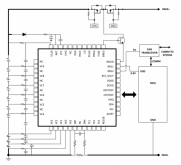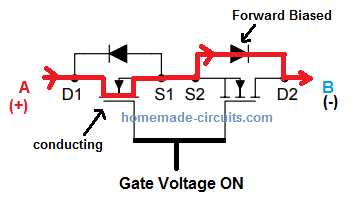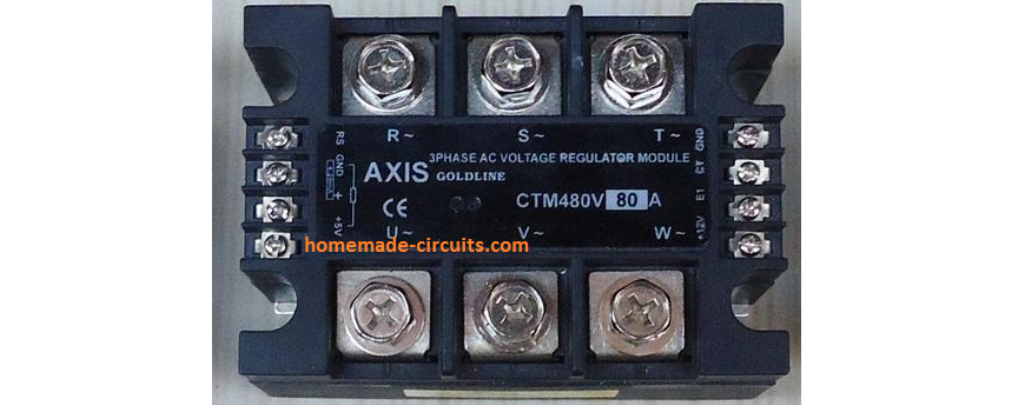Factory400
Solar Enthusiast
- Joined
- Jul 15, 2020
- Messages
- 387
I continue to dream of a really well considered DIY BMS with open source code......
OP: Is this what you are thinking on this one?
I have the skills and physical resources to make my own - but lack the time resources to go end-to-end.
The most interesting system I have seen so far is Batrium. They have a slick modular approach and seemingly decent software to program and monitor. They do not, however, cover all the things I would like to see covered though. Great start and a decent price for what you get.
The myriad of random Chinese offerings are super sketchy most of the time.
My Chargery system is NOT something I will count on. It is a toy.
OP: Is this what you are thinking on this one?
I have the skills and physical resources to make my own - but lack the time resources to go end-to-end.
The most interesting system I have seen so far is Batrium. They have a slick modular approach and seemingly decent software to program and monitor. They do not, however, cover all the things I would like to see covered though. Great start and a decent price for what you get.
The myriad of random Chinese offerings are super sketchy most of the time.
My Chargery system is NOT something I will count on. It is a toy.







